Copyright © 2021 - 2025
Sportsmatik.com. All Rights Reserved

The MotoGP class teams should use non-homologated sensors in all free practice and warm up sessions. This is due to FP1, FP2 and FP3 are measured for inclusion in QP1 and QP2 which are in effect for qualifying sessions.
Teams are already required to consider tyre use parameters which have been agreed in consultation with the tyre suppliers. According to the new regulation, it has now been acknowledged that forbids the use of any device on the wheel to adjust or control tyre pressures while on track.
The rider is now no more required to be able to operate the safety light while on the motorcycle. (It is to be foreseen by the machine electronics).
Earlier, riders using road-homologated machines for track familiarization, that were of the same size as the class of the rider. In order to eliminate this requirement, a table of allowed changes to the motorcycle will be included in the rules which define which parts are allowed for changes.
Subject to certain restrictions on upgrades to performance parts and the use of 2017 sensors, teams are permitted to use a 2016 chassis in 2017.
The regulation has been clarified and now states that the machine may be propelled exclusively by an internal combustion engine.
The regulations have previously stated that to be ranked in the results of the race, whether interfered or not, the rider must enter the pit lane, pushing or riding their motorcycle, in less than 5 minutes of the display of the red or chequered flag. When a race is interrupted after completion of three laps, then the same condition will apply to be eligible for participation in any restarted race.
Any start position penalties which are applying to a rider in the first race, for e.g. starting the race from pit lane or a drop of grid position, will now be recognized to have been served at the opening race start. It will therefore not apply to the restarted race, except the case in which the first part was for less than three laps in which case the penalties will transfer to the restart.
The number of mechanics working in pit lane during flag to flag races shall be lowered down and all of them should be well equipped with the helmets.

 Loading...
Loading...
Kindly log in to use this feature.
